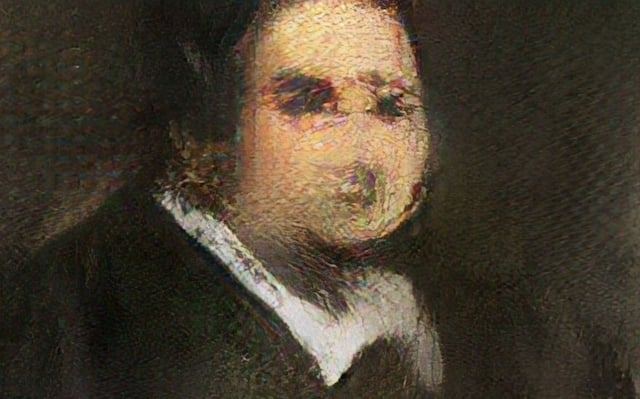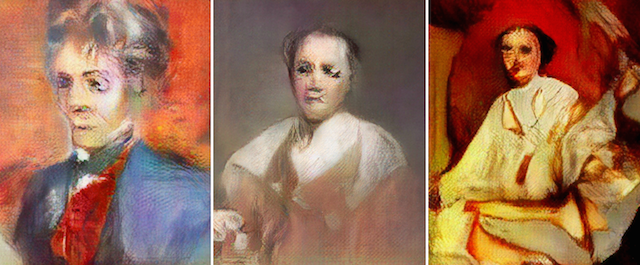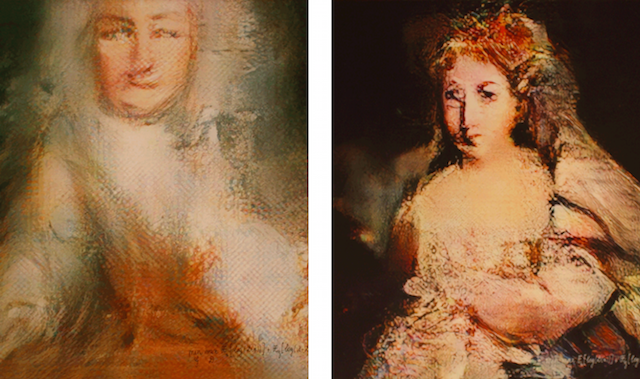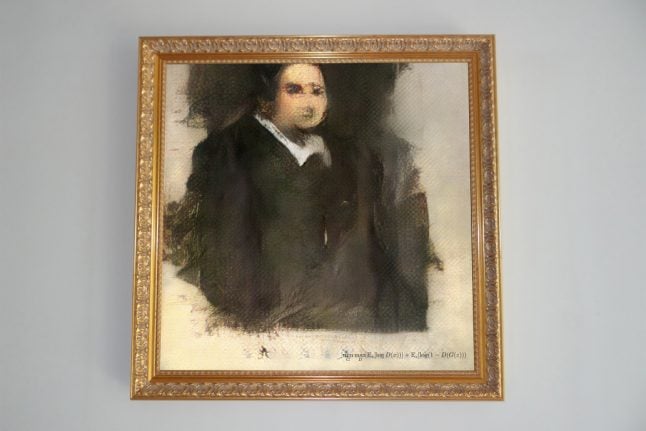Despite its name, French art collective Obvious is everything but what its moniker suggests.
Three 25-year-old Frenchmen -Hugo Caselles-Dupré, Pierre Fautrel and Gauthier Vernier- are behind this AI technology that paints works of art that could easily be impressionist pieces crafted by a skilled human hand.
And while Obvious is not the only startup using Artificial Intelligence to create artwork (there’s now an annual RobotArt fair with submissions from all around the world), they can claim to be the first gallery to have had one of their paintings sold at auction.

The above portrait of a stout French nobleman in Renaissance-style clothing is expected to fetch $10,000 at Christie’s, the iconic New York auction, next October.
The artistic tech trio used a two-part algorithm, called a Generative Adversarial Network, to create this painting and a number of similar works of the fictional Belamy family — a play on bel ami (handsome friend in French).
They first uploaded to the system 15,000 portraits painted between the 14th and 20th centuries and with this visual data the generator part of the algorithm was able to start creating artworks.

And while by no means are they claiming the AI’s chef d’oeuvre is as detailed and captivating as the works of Monet, Renoir or Cassat, they do think the robot art is good enough to fool an occasional museumgoer.
That’s because the other part of the algorithm is programmed to ditch any paintings that it can tell aren't man-made.
‘We found that portraits provided the best way to illustrate our point, which is that algorithms are able to emulate creativity,” Caselles-Dupré told Christie's press team.




 Please whitelist us to continue reading.
Please whitelist us to continue reading.
Member comments